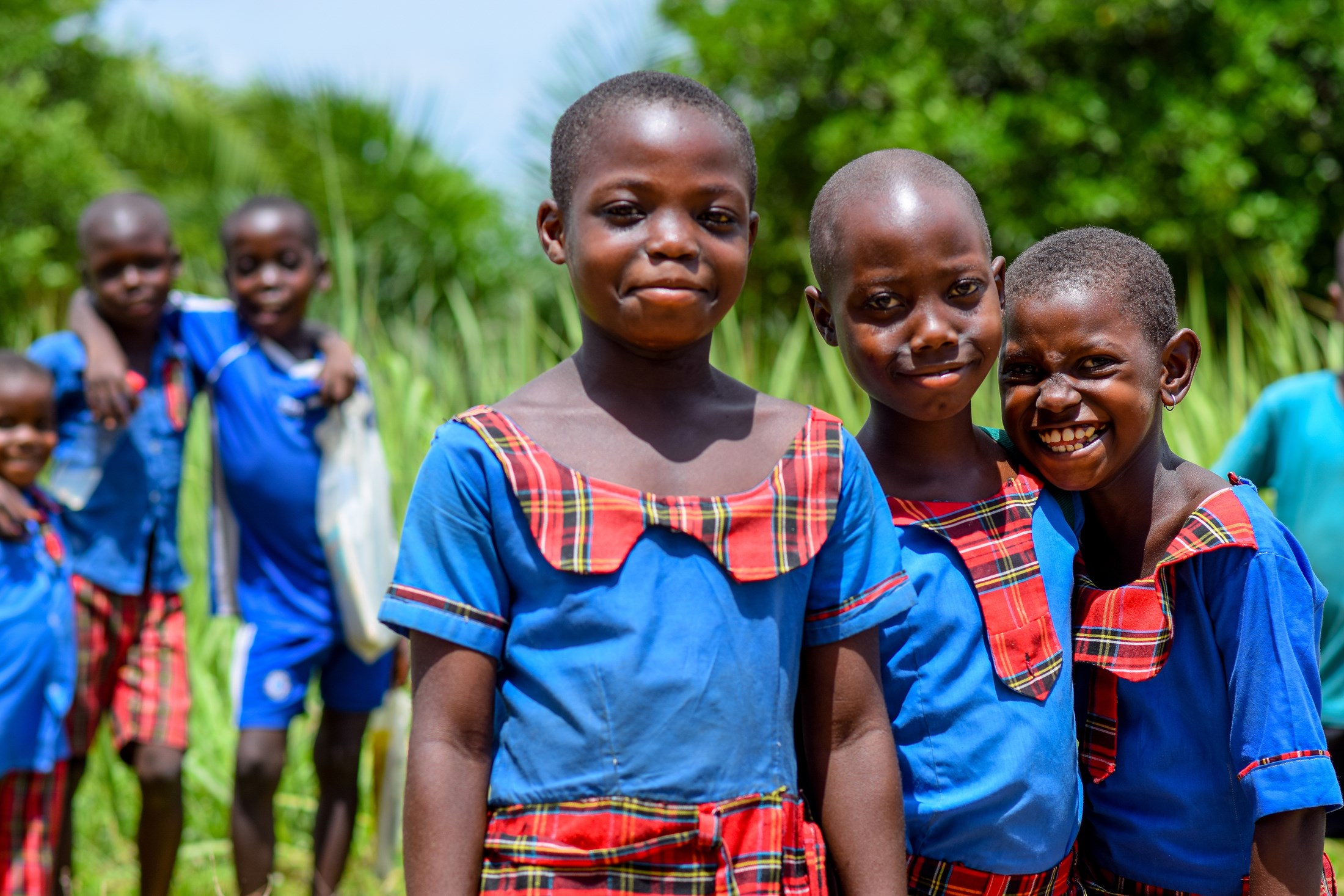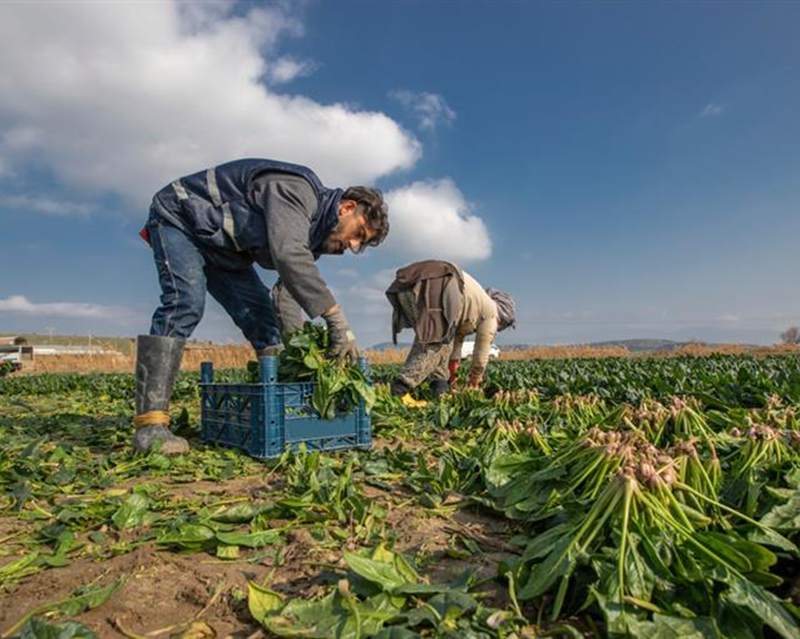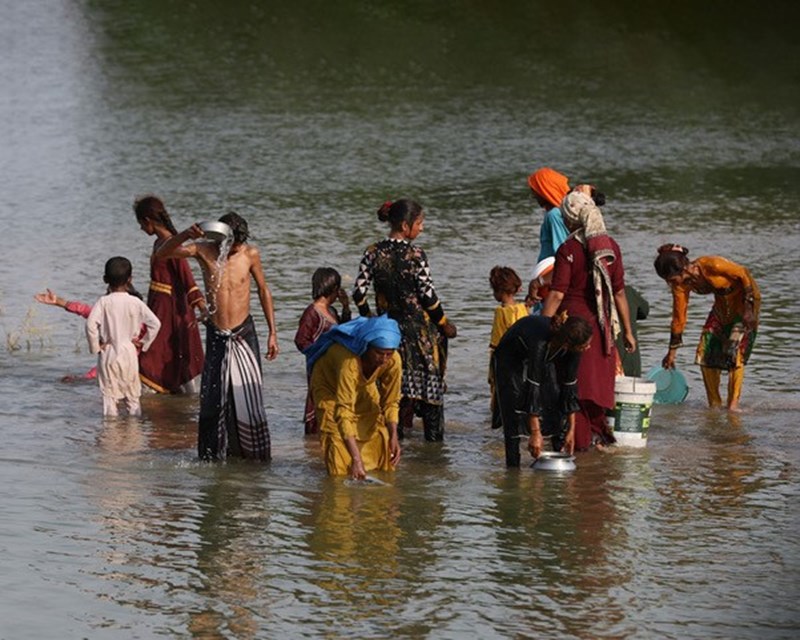In a rural corner of sub-Saharan Africa, staff at a small village school are struggling. Salaries are late and teaching materials are in short supply. The school building meanwhile, is literally crumbling, providing students little respite from harsh conditions caused by increasing temperatures.
The school would like to build new classrooms better adapted to the changing climate. It wants to install rainwater tanks and solar panels to improve access to water, reduce energy costs and improve access to reliable power. But there is no money.
The local bank won’t consider giving the school a loan, and overseas support is hard to come by, with less than one fifth of the US$19.8bn in aid and philanthropy for sub-Saharan Africa targeting child-centred sectors (of which schools are just one component).
Fixing the school buildings is not just cosmetic. A recent World Bank study found more than 210 million children lost teaching days in April and May this year due to school closures related to extreme heat.
And then there are the children who don’t even go to school. Sub-Saharan Africa has the highest rates of education exclusion in the world – more than 20 percent of primary-age children and almost 60 percent of youth between the ages of 15 and 17 are not in school.
The funding shortfall in Africa’s education sector is expected to reach $5bn by 2025. And beyond education, the other unmet needs of children are tragic.
The annual funding gap between what is needed to solve the universal challenges children face — ranging from climate, water, and food crises to conflict, violence and inequality – is US$4.2 trillion.
Government grants and philanthropy are not currently - and cannot in the future - even begin to close this gap. If we are serious about meeting the needs of children, we must crowd-in significant private sector investment.






